Clients come to The Movement Lab for many reasons. Some are looking for relief from pain or injury, some are looking to improve their mobility and balance, and many just enjoy the work and how they feel afterwards! These are all great reasons to join our classes or take private sessions and we look forward to helping you find what works for you.
Depending on your goals you may decide to focus on one movement system exclusively or spread your training over all of our classes. Our classes work together to create balance in your training in the short term and over a lifetime! Please contact us to set a consultation and we can help you decide where to begin. You can take part in a movement assessment, try a class on us, or just stop by and check out the studio.
The GYROTONIC® Method might best be described as resistance training that focuses on the mobility, strength, and decompression of the spine and joints. It is incredibly rejuvenating for the body and you will feel more like you’ve had a message then a workout. The process starts out gently but can get more demanding as your experience and understanding increases. The machines used in the system provide a framework for the exercises and provide the proper support and range of motion to allow you to safely progress towards more demanding work. New students will begin with a series of 4 or more introductory sessions to get acquainted with the system before being eligible to join group classes.
The goal of GYROKINESIS® classes are the same as GYROTONIC® , with a deeper dive into rhythm, breath, and mobility. GYROKINESIS® classes are available to everyone regardless of experience level.
